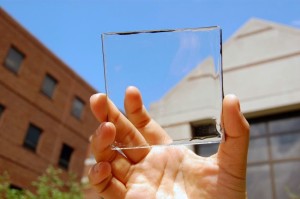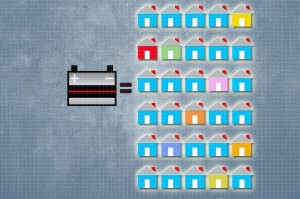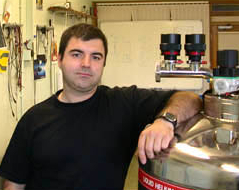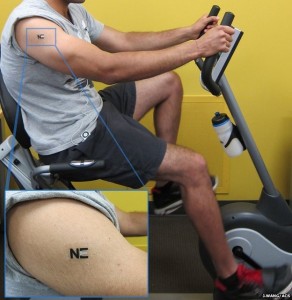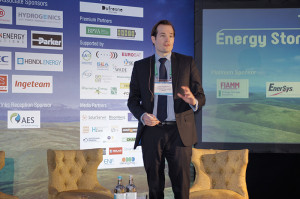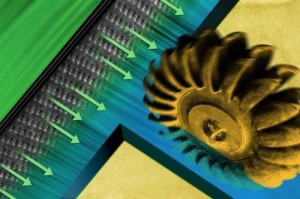
Pressure retarded osmosis (PRO) is a method of producing renewable energy from two streams of a different salinity.
Credit: Jose-Luis Olivares/MIT
“When the River Meets the Sea” may very well be a John Denver song circa 1979, but it is also an intersection with the potential to generate a significant amount of power. According to a team of mechanical engineers at MIT, when river water collides with sea water, there exists the potential to harness a significant amount of renewable energy.
This from Phys.org:
The researchers evaluated an emerging method of power generation called pressure retarded osmosis (PRO), in which two streams of different salinity are mixed to produce energy. In principle, a PRO system would take in river water and seawater on either side of a semi-permeable membrane. Through osmosis, water from the less-salty stream would cross the membrane to a pre-pressurized saltier side, creating a flow that can be sent through a turbine to recover power.
According to calculations by Leonardo Banchik, a graduate student in MIT’s Department of Mechanical Engineering, a PRO system could potentially power a coastal wastewater-treatment plant by taking in seawater and combining it with treated wastewater to produce renewable energy.
Although more research needs to be done to see in what applications the PRO system is economically viable, Banchik sees the huge potential of this method.
“Say we’re in a place that could really use desalinated water, like California, which is going through a terrible drought,” Banchik says. “They’re building a desalination plant that would sit right at the sea, which would take in seawater and give Californians water to drink. It would also produce a saltier brine, which you could mix with wastewater to produce power.”
Learn more about new devlopments in osmosis via ECS’s Digital Library.


